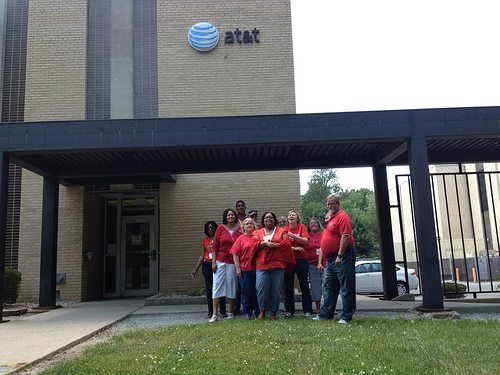The IoT is applicable to energy in many more ways than just smart metering
Smart metering–connecting electric, gas and other utility meters to the internet–has emerged as an important early use case for the internet of things (IoT). The data generated by smart meters can be easily leveraged by utility operators to get better insight in demand cycles, which can lead to efficiencies in energy production and distribution, which save time, money and natural resources. But the IoT as applied to the energy sector is about much more than smart metering.
Intel’s Thierry Godart, general manager of energy solutions in the IoT Group, wrote in a recent blog that “energy grids are on the verge of a major change. Consider the network of power plants, utilities and power lines comprising energy grids, for a moment. What you effectively have is the largest machine in the world — one that is capable of delivering large amounts of data leading to transformational changes in the industry and our daily lives.”
He continued, noting the ability of “scalable, flexible and secure end-to-end IoT architectural frameworks and products that help utilities monitor and measure energy flow and improve operational efficiency across the grid…[to enable] a more intelligent, reliable, and safe and secure grid while also lowering costs for utilities, smart cities and other grid stakeholders. The future of energy does indeed look bright.”
Godart calls out a number of ways the IoT can enhance operations in the energy sector:
- Drones can be used to inspect and map existing and planned utility sites. Remote operation saves time and money related to dispatching work crews to physically visit a site.
- Smart metering principles can be expanded from homes and business to provide a broader view with data coming in from substations and generation plants.
- Real-time monitoring of relevant data enables “dynamic operation of distribution grids right at the edge–where connected consumers and distributed energy resources cross paths, offering insights that can help achieve a more reliable and efficient grid.”
And that’s just the tip of the iceberg. Smart grid technologies are just one part of the larger vision for smart cities. Based on a 10-year agreement with network infrastructure provider, Kansas City Power & Light (KCP&L) will use Nokia Wavence microwave packet radio solutions to provide enhanced reliability to the power transmission and distribution grid. KCP&L has already worked with Nokia to connect some 40 utility sites with future plans to connect 29 more sites in the near future. The new solutions will enable KCP&L to integrate its legacy infrastructure onto a converged network providing enhanced grid control.
In commentary provided to Enterprise IoT Insights, Silver Spring Networks Senior Director, Smart Cities, Dan Evans highlighted three “key elements driving the [power] industry’s transformation”:
- Changes in the way consumers use power;
- Distribution of generation equipment;
- And increasing cooperation between utilities and cities.
“Over the past few years…utilities have been working with cities within their respective territories to enable new applications through the development of the smart grid and sharing access to that network infrastructure…In this ‘single network, multiple applications’ concept that has always been our vision in helping utilities remain a key contributor in the communities they serve, working with a variety of key stakeholders.”
Evans noted, “As utilities look beyond their core services (delivering energy to customers), many are finding smart lighting is the next logical application.” Just like smart metering, smart, connected lights are seeing strong adoption in cities around the world based on a clear path to return on investment based on energy and money savings.

